
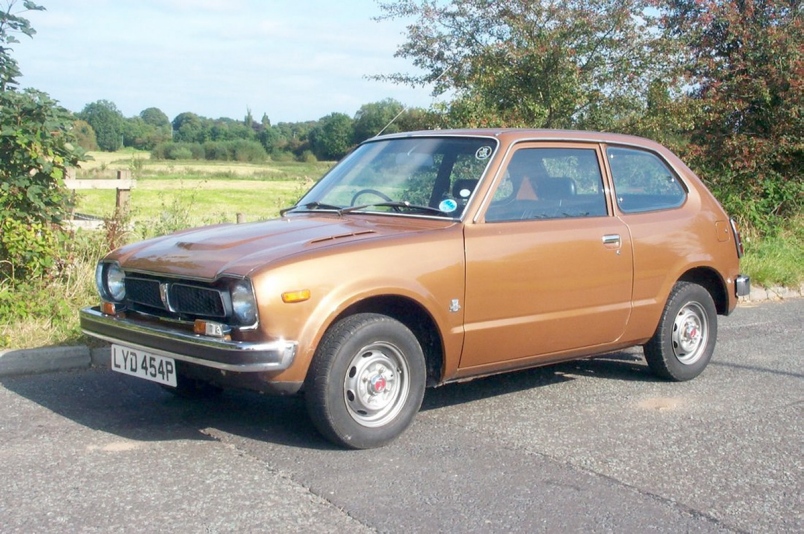 1973-1979 Honda Civic: The Honda Civic was introduced during the OPEC oil crisis, first as a two-door and then a three-door hatchback. The transversely mounted (similar to the Mini) 1169 cc engine driving the front-wheels was very peppy and spacious. The Civic was similar to other “Made in Japan†items and considered a throwaway automobile, and that is exactly what happened to most of them. Rust helped speed up the process also. If you can find a pristine, rust-free example, wrap it in cotton wool, it won’t command over $1 million as some Toyota 200GTs have recently but it will increase in value as time goes by.
1973-1979 Honda Civic: The Honda Civic was introduced during the OPEC oil crisis, first as a two-door and then a three-door hatchback. The transversely mounted (similar to the Mini) 1169 cc engine driving the front-wheels was very peppy and spacious. The Civic was similar to other “Made in Japan†items and considered a throwaway automobile, and that is exactly what happened to most of them. Rust helped speed up the process also. If you can find a pristine, rust-free example, wrap it in cotton wool, it won’t command over $1 million as some Toyota 200GTs have recently but it will increase in value as time goes by.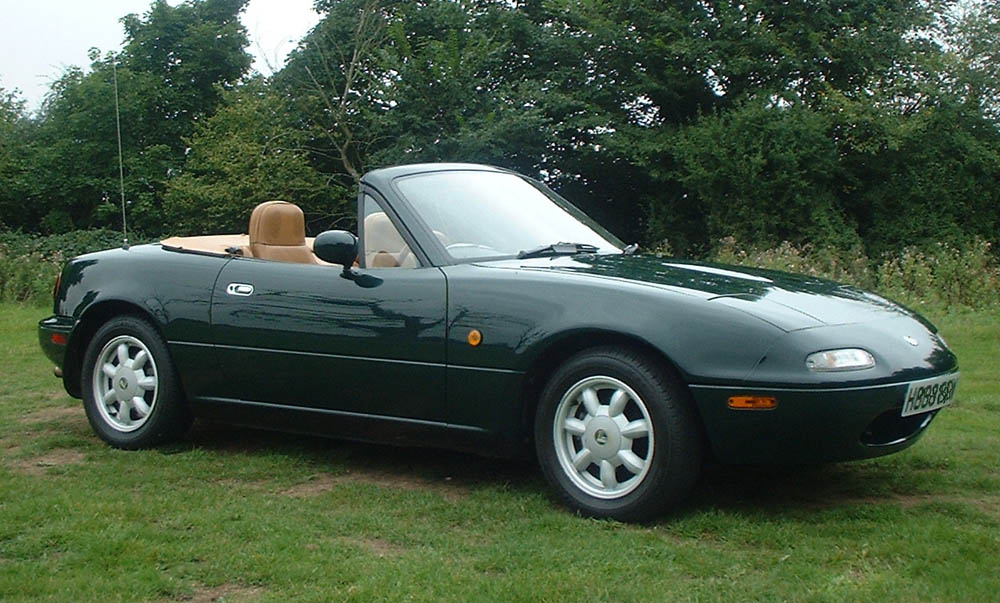 1990-1999 Mazda Miata: Introduced in May of 1989, the Miata is considered the Japanese Lotus Elan. Unlike the thoroughbred and somewhat finicky Lotus engine, the Miata’s four-cylinder, twin-cam, four-valves-per cylinder engine is very reliable. In an eight-year production run, 430,000 first-generation Miatas were built. This rock-solid, rear-wheel-drive sports car does not rattle or shake like most convertibles. The soft top can be raised and lowered effortlessly with just one hand. The Japanese engineers tried out more than 100 different exhaust systems until they achieved the sound they desired to make it sound like a British sports car.
1990-1999 Mazda Miata: Introduced in May of 1989, the Miata is considered the Japanese Lotus Elan. Unlike the thoroughbred and somewhat finicky Lotus engine, the Miata’s four-cylinder, twin-cam, four-valves-per cylinder engine is very reliable. In an eight-year production run, 430,000 first-generation Miatas were built. This rock-solid, rear-wheel-drive sports car does not rattle or shake like most convertibles. The soft top can be raised and lowered effortlessly with just one hand. The Japanese engineers tried out more than 100 different exhaust systems until they achieved the sound they desired to make it sound like a British sports car.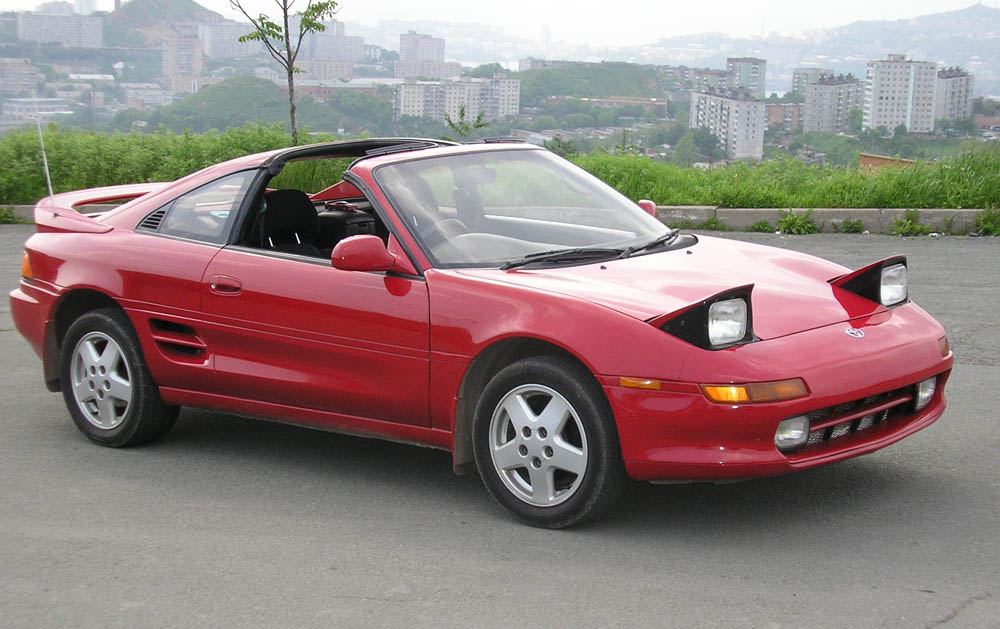 1990-1999 Toyota MR2: The second generation MR2 was larger and weighed (160 to 180 kg) more than its square predecessor. The body styling was now much more streamlined; if you use your imagination, it has a resemblance to both the Ferrari 348 and the Ferrari F355. Because of this, the new MR2 was labeled by some as “The poor man’s Ferrariâ€. If you purchase the turbocharged version (mid-to-high 30s), you might feel like you are driving a Ferrari!
1990-1999 Toyota MR2: The second generation MR2 was larger and weighed (160 to 180 kg) more than its square predecessor. The body styling was now much more streamlined; if you use your imagination, it has a resemblance to both the Ferrari 348 and the Ferrari F355. Because of this, the new MR2 was labeled by some as “The poor man’s Ferrariâ€. If you purchase the turbocharged version (mid-to-high 30s), you might feel like you are driving a Ferrari!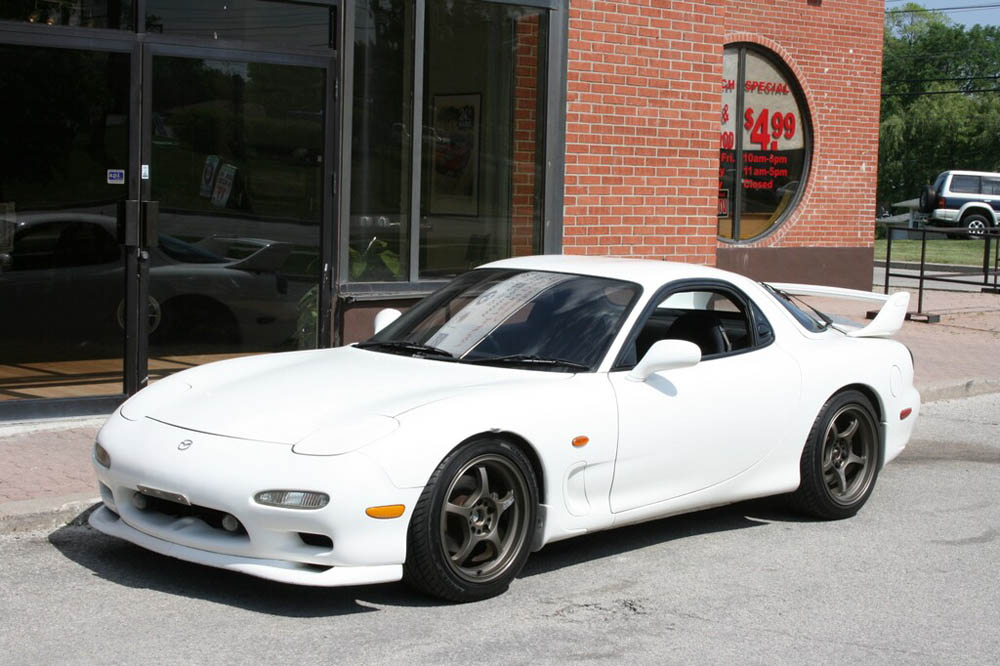 1993-1995 Mazda RX-7: The twin sequential turbocharged RX-7 is a model that has generally been overlooked by many. The 1.3-litre Wankel engine screams and behaves like a motorcycle with its 8,000 rpm red-line. With 255hp it is a sports car without compromise, unfortunately also not many buyers! Mazda had priced this model out of the market. If you can find a mechanic familiar with rotary engines and want to have some fun, this is the model to consider, definitely one-step up from the Miata.
1993-1995 Mazda RX-7: The twin sequential turbocharged RX-7 is a model that has generally been overlooked by many. The 1.3-litre Wankel engine screams and behaves like a motorcycle with its 8,000 rpm red-line. With 255hp it is a sports car without compromise, unfortunately also not many buyers! Mazda had priced this model out of the market. If you can find a mechanic familiar with rotary engines and want to have some fun, this is the model to consider, definitely one-step up from the Miata.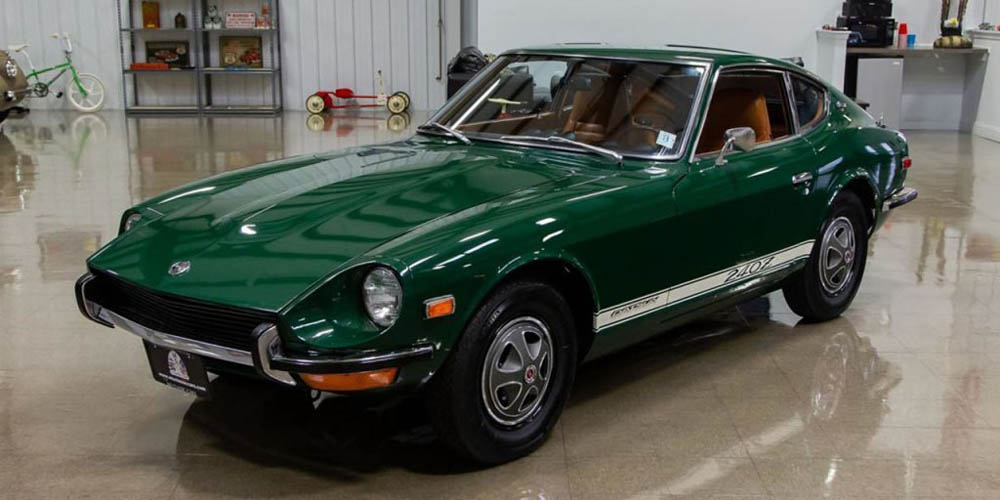 1971-1973 Datsun 240Z: An early Datsun 240Z or event a 260Z from a dry climate such as California or Arizona, one that you can still see and count the spot welds on the quarter panel rear wheel arches is a car to snap up. These Ferrari 275 GTB lookalikes have a magnificent overhead-cam, straight six-cylinder engine and independent rear suspension. Consequently, they are fast and handle very well. Parts are also still readily available.
1971-1973 Datsun 240Z: An early Datsun 240Z or event a 260Z from a dry climate such as California or Arizona, one that you can still see and count the spot welds on the quarter panel rear wheel arches is a car to snap up. These Ferrari 275 GTB lookalikes have a magnificent overhead-cam, straight six-cylinder engine and independent rear suspension. Consequently, they are fast and handle very well. Parts are also still readily available.